This September, let's increase awareness of a specific type of alopecia, Trichotillomania. Trichotillomania is an obsessive compulsive disorder that causes people to pull out their own hair. At the root of an obsessive-compulsive disorder is a mental disorder in which people have unwanted and repeated thoughts, feelings, ideas, sensations (obsessions) and behaviors that drive them to do something over and over (compulsions).
Often the person carries out the behaviors to get rid of the obsessive thoughts. This disorder often begins in childhood, commonly affects women more than men, and is estimated to affect 1 - 4% of the population. It is also estimated that as many as 2.5 million Americans experience trichotillomania at some point in their lifetimes.
What is trichotillomania?
Trichotillomania is an impulse control disorder resulting in the compulsion to pull out their own hair to get psychological relief. People with trichotillomania usually pull hairs from their scalp or their eyebrows and eyelashes, however, hair can also be pulled from other parts of the body. Individual patients usually focus on one or two sites on the body, and children generally pull from the scalp exclusively.
Trichotillomania is often linked to obsessive-compulsive disorder, and can be similar to nail-biting, skin picking, body dysmorphic disorders, and eating disorders. The incidence of trichotillomania is higher among people with OCD, and also strongly associated with Post-Traumatic Stress Disorder.
When trichotillomania is associated with increasing internal tension which is relieved by the act of hair-pulling, it is similar to other unwanted compulsive behaviors. However, some people report hair-pulling in a trancelike, unconscious state, not overtly associated with stresses or compulsion, which make this a unique disorder.
Causes and Symptoms of Trichotillomania
Hair pulling is frequently triggered by stress or anxiety, and symptoms may go into remission in less stressful times. Symptoms of trichotillomania are generally a sense of increased tension before pulling hair, or when attempting to not pull hair, followed by relief when the hair is pulled. It is often accompanied by specific individual preferences, rituals, and patterns of hair pulling.
Visually, people with trichotillomania have hair of different lengths, some shafts broken with blunt ends, some new growth with tapered ends, some uneven stubble. They generally have unusually shaped patches of thin, unusually short, or no hair at all. The hair and hair follicles are medically normal and hair loss is attributed solely to the repetitive behavior.
Other medical symptoms and complications of ongoing trichotillomania may be any of the following: infection, permanent hair loss and skin scarring, and repetitive stress injuries on the body, depending on the severity and length of the behavior.
People with trichotillomania usually go on to experience low self-esteem and social isolation as a result of feeling self-consciousness about their appearance. The shame and embarrassment are an acute and damaging side-effect of the behavior. People with trichotillomania use cosmetics, false eyelashes, wigs, hats, and other enhancements to try to conceal the disorder and reduce social anxiety.
Trichotillomania Treatment
Trichotillomania has many forms and causes. It manifests differently in children than in adults, and "automatic" pulling is psychologically different from "focused" pulling. This complexity makes treatment and support highly dependent upon the individual, requiring treatment specific to their symptoms, and any other related disorder they may have.
In order to change the hair-pulling behavior, Habit Reversal Training (a form of Cognitive Behavioral Therapy) has been proven to be most effective in treating trichotillomania. Habit Reversal Training is often combined with medication such as antidepressants, depending on the individual's needs. Medication alone has not been shown to be a consistently effective treatment.
While cognitive therapy significantly improves the underlying behavior, hair restoration is an important intervention to improve the appearance and reduce the sense of isolation. There are many treatment options available to reduce or eliminate the visible signs of trichotillomania and help people feel more confident.
Due to low rates of reporting, and the prevalence of concealing the symptoms, people with trichotillomania feel isolated and experience social anxiety. This feeling of shame and distress is why increased awareness and wider dialogue is important. People with trichotillomania and those who love them should be able to openly discuss the disorder and explore treatment options. This September, HT&RC wants to improve the conversation about trichotillomania and help sufferers live better lives. Do you have questions or want to know more? Please contact us to schedule a consultation for more information.






